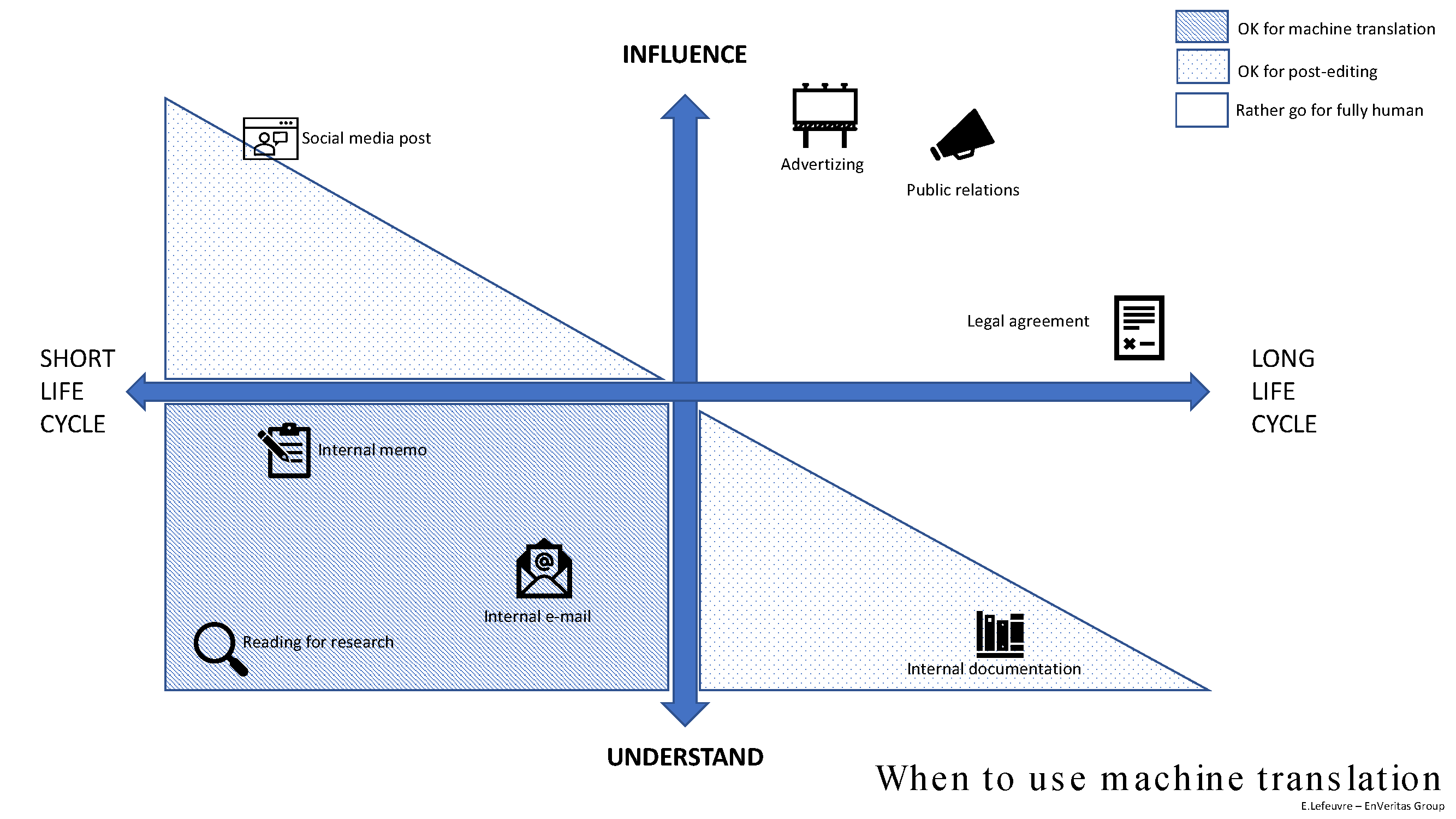Content Localization: What It Means & Why You Need It
Translation, Localization, and Transcreation
Content localization is a cultural translation that not only speaks the language of your target audiences, but also understands their unique interests. This can be done in a few different ways, depending on your goals:
- Translation – “Encoding” the same information from one language to another. EVG believes straight translation is typically sufficient for technical documents and sharing basic information.
- Localization – This is adapting the original content to a new target audience, and requires more work and finesse than translation (e.g. changing measurement systems, adding or changing words to help a local reader).
- Transcreation – This top-level process is rewriting in another language, changing the message itself if needed, to adapt to cultural differences.
In marketing translation, it’s necessary to make the copy sound like it was initially written in the new language. This requires skilled writers who can convey an existing message in a certain style to a defined audience. We have seen many examples of translations that perfectly reflect the source language and are correct, linguistically speaking, but sound completely unnatural.
So you may be asking yourself how you, as a content marketer, can localize your content in order to best reach your audience. Here are some ways you can make your content more “usable” by your audience:
1. Language
Language doesn’t necessarily mean choosing between English, French, Arabic, or Mandarin. Although the language of the content should match that of your audience, language also means adapting certain spellings of words such as globalization (U.S.) to globalisation (U.K.) if you are promoting content to an audience in the United Kingdom. Technical content should be put into layman’s terms – for example, technical aspects of a mobile app are great and all but users simply want to know what the app is going to do for them. Give them the ‘so what?’
It’s important to note that straight translation is not enough. We use idioms and expressions and metaphors in our language and culture that may mean nothing when translated into another language. Language is a part of localization; it is not the end-all solution.
EVGMedia works with hundreds of native speakers in over 35 languages in order to create the best translated and localized content for any digital or print materials.
2. Formatting & Design
Designing dynamic web pages, brochures, and other types of media are a great way to circulate content among users. Beware of being egocentric, though. If your organization does business globally, you will need to consider all audience groups. For example, the way a user scans a web page will differ depending on their country of origin. Western cultures will read from left to right, while Middle Eastern and East Asian countries will read from right to left or from top to bottom. Thus, designing your content accordingly will go a long way with your readers. A great example of this is EVG’s partnership with Sofitel Luxury Hotels in the Middle East. The web page that EVG developed showcases elements of style and design that appeal to Middle Eastern culture.
3. Cultural Sensitivity
Just as you consider the readability of your content, the visual components and colors included in your design should be considered as well. Depending on the culture, different colors may convey different connotations. How do you know what colors mean in other cultures? Do a little research; there are plenty of resources with useful information. For example, this infographic from Pinterest outlines meanings of color around the world. Content marketers also need to be mindful of other cultural differences, such as preferences in food, religious beliefs, and lifestyle. Recently, Hubspot recognized companies with global marketing strategies. Brands like Dominos and Airbnb are just two of the 13 businesses mentioned that are creating content that is both global and sensitive to local cultures.
Does your organization localize its content for a wider audience? If so, we’d love to hear from you! If you’re looking for some extra help with content localization contact us! EVGMedia offers an international network of vetted writers, editors, proofreaders, translators, fact-checkers, and project managers to provide content that resonates with local audiences in over 35 languages!
Enjoyed this post? Read more from Bethany!
Bethany Haberstroh–Content Strategist



